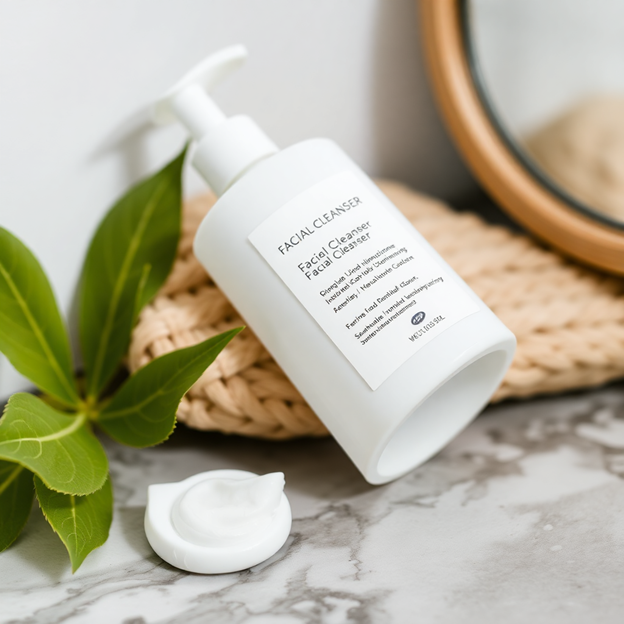What are the Differences of Facial Cleansers Made by Alkyl Glucoside, Cocamidopropyl Betaine or Amino Surfactant
2025-02-06
The difference between alkyl glucoside-based facial cleansers, betaine-based facial cleansers, and amino acid-based facial cleansers, as well as which type of cleanser to choose for different skin types, will be briefly explained in this article.
1. Alkyl Glucoside-based Facial Cleansers (APG)
• Ingredients Features:
The main ingredient in alkyl glucoside-based facial cleansers is alkyl glucoside (APG), a non-ionic surfactant derived from natural plants, such as glucose and fatty alcohols. It is known for its high gentleness and low irritation. APG provides strong cleansing power, especially in removing oil.
• Suitable Skin Types:
• Sensitive Skin: APG's mildness makes it suitable for sensitive skin without damaging the skin barrier.
• Oily Skin: APG’s strong cleansing ability is ideal for oily skin, effectively removing excess oil.
• Combination Skin: APG can balance oil production in the T-zone while keeping the cheeks moisturized.
• Advantages:
• Highly gentle with minimal irritation to the skin.
• Strong cleansing power, especially for oily skin.
• Derived from natural plants, environmentally friendly, and biodegradable.
• Disadvantages:
• Produces less foam, which may leave a slight artificial smoothness after use.
• May not provide enough cleansing power on its own, requiring additional ingredients for better effectiveness.
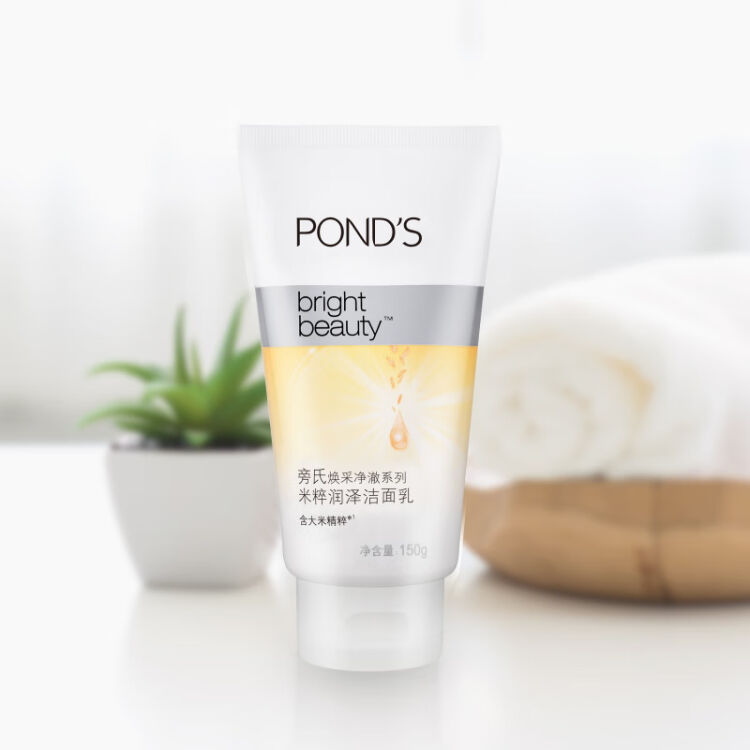
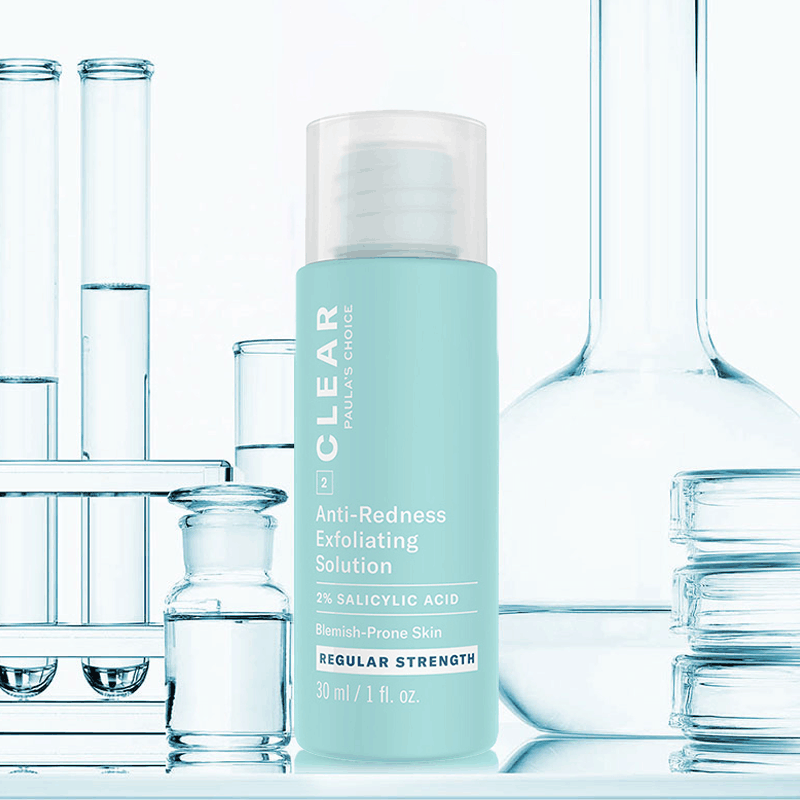
2. Betaine-based Facial Cleansers
• Ingredients Features:
The main ingredient in betaine-based facial cleansers is substances like cocoamidopropyl betaine, which are amphoteric surfactants. These ingredients reduce the irritation of other surfactants while providing good foaming and thickening effects.
• Suitable Skin Types:
• Sensitive Skin: Betaine-based ingredients are mild and suitable for sensitive skin.
• Dry Skin: These ingredients offer moisturizing properties, making them ideal for dry skin.
• Normal Skin: Betaine-based cleansers are mild enough for daily use on normal skin.
• Advantages:
• Good mildness with low irritation.
• Effective foaming and thickening, improving the user experience.
• Low cost, providing good value for money.
• Disadvantages:
• Cleansing power is relatively weak and typically requires other ingredients to enhance effectiveness.
• May not meet the cleansing needs of oily skin on its own.
3. Amino Acid-based Facial Cleansers
• Ingredients Features:
The main ingredients in amino acid-based facial cleansers are amino acid surfactants, such as sodium cocoyl glycinate and sodium lauroyl glutamate. These are anionic surfactants known for their good mildness and skin compatibility.
• Suitable Skin Types:
• Sensitive Skin: Amino acid-based cleansers are very gentle, making them suitable for sensitive skin.
• Dry Skin: These cleansers leave the skin feeling hydrated, making them ideal for dry skin.
• Normal Skin: Amino acid-based cleansers are gentle and suitable for daily cleansing of normal skin.
• Advantages:
• Extremely gentle, with minimal irritation to the skin.
• Leaves the skin feeling moisturized, without tightness.
• Produces rich and delicate foam, providing a comfortable user experience.
• Disadvantages:
• Cleansing power is relatively weak and may not be effective for deep cleaning oily skin.
• Higher cost, making them more expensive than other options.
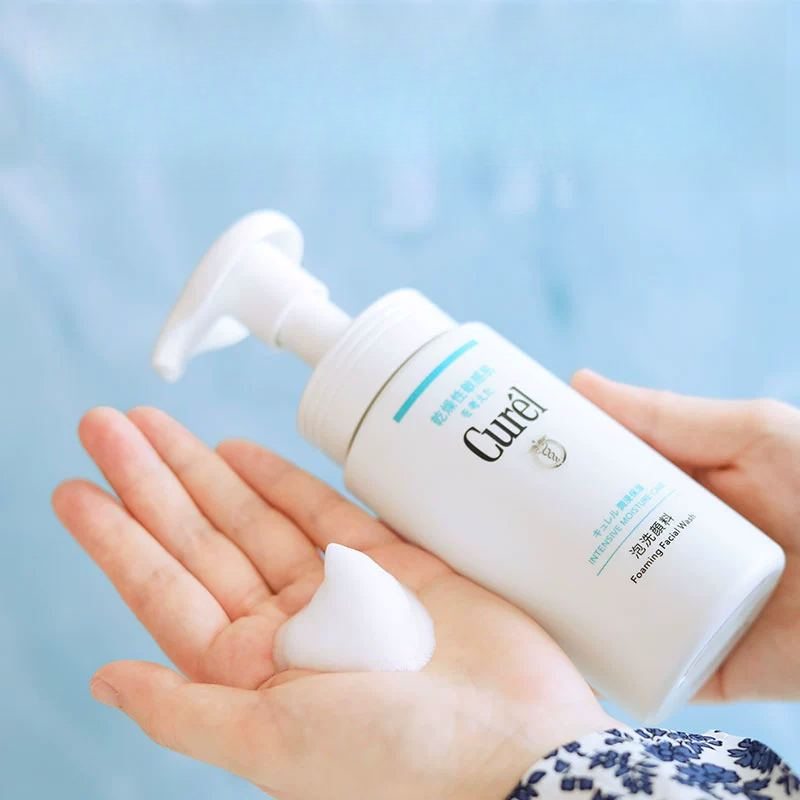
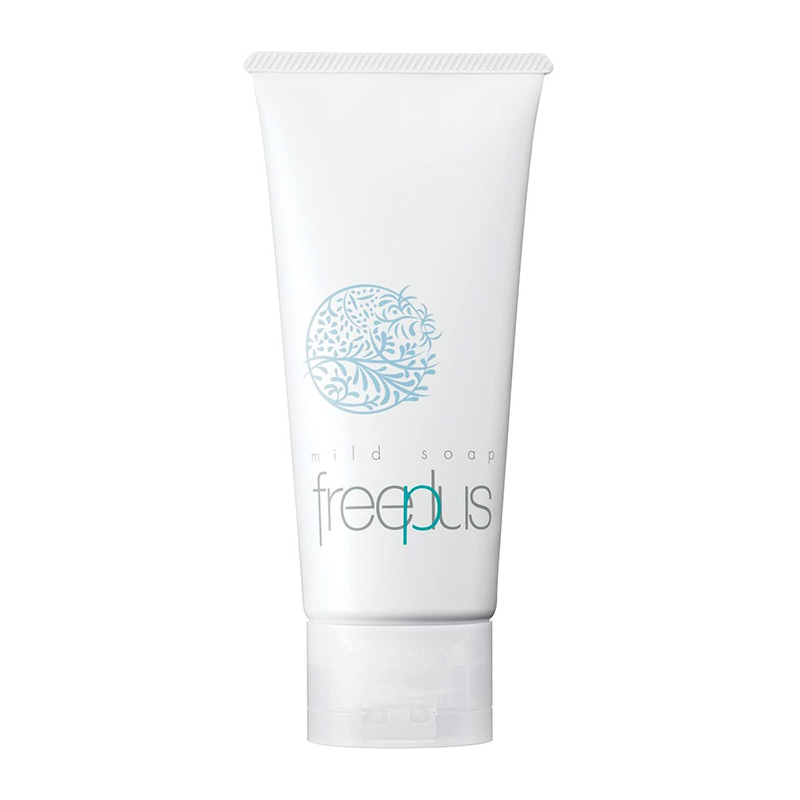
Common Raw Materials in the Market
• Alkyl Glucoside-based Cleansers:
• Alkyl glucosides (APG): Such as lauryl glucoside, cocoglucoside.
• Auxiliary ingredients: Glycerin, sodium hyaluronate for moisturizing.
• Betaine-based Cleansers:
• Cocamidopropyl betaine: Main ingredient, providing foaming and thickening effects.
• Auxiliary ingredients: Glycerin, vitamin E for moisturizing and antioxidant effects.
• Amino Acid-based Cleansers:
• Amino acid surfactants: Such as sodium cocoyl glycinate, sodium lauroyl glutamate.
• Auxiliary ingredients: Glycerin, sodium hyaluronate for moisturizing.
Formula Recommendation – Alkyl Glucoside-based Facial Cleansers
Alkyl glucosides are a new generation of non-ionic surfactants. They are synthesized from renewable natural fatty alcohols and glucose, and possess excellent surface activity. In facial cleansing products, alkyl glucosides reduce the surface tension of water, enabling effective removal of dirt, oil, and makeup residues from the skin's surface. For example, the commonly used cocamidopropyl glucoside has a good balance of hydrophilicity and hydrophobicity, which allows it to gently cleanse the skin.
The presence of the sugar group in its structure imparts some hydrophilicity, while the alkyl chain provides hydrophobicity. This structural characteristic allows alkyl glucosides to form micelles in water, encapsulating oils and dirt inside the micelles for effective cleansing. Furthermore, they have low irritation, making them suitable for all skin types, especially sensitive skin.
When alkyl glucoside-based cleansers come into contact with the skin, their lipophilic groups adsorb onto the skin’s oil and dirt, while the hydrophilic groups face towards the water phase. During rinsing, the micelles, along with the encapsulated dirt, are washed away. This gentle cleansing method does not excessively strip the skin of its natural oils, thus protecting the skin's barrier function.
Compared to some traditional, highly alkaline cleansers, alkyl glucoside-based facial cleansers do not disrupt the skin's pH balance. The skin's natural pH is usually between 4.5 and 6.5, and the pH of alkyl glucoside-based cleansers is close to the skin’s natural pH, ensuring that the skin does not feel tight after use.
| Phase | Raw Material Name | W/% | SQ Product |
| A | Water | up to 100 | |
| Cocoyl Glucoside | 16 | SQ-APG 818 | |
| Lauryl Glucoside | 7 | SQ-APG 1214 | |
| Glycerin | 4 | ||
| B | Disodium Cocoyl Isethionate | 9 | |
| Sodium Cocoyl Glutamate | 2 | SQ-SUR CGS 30 | |
| Cocamidopropyl Betaine | 7 | SQ-CAPB 35 | |
| Chondrus Crispus (Carrageenan) Extract | 0.1 | ||
| C | Preservative | Appropriate | |
| D | Citric Acid | Appropriate |
Formula Recommendation – Amino Acid-based Facial Cleanser
Amino acid-based systems have become highly favored by consumers in recent years due to their mildness. Unlike soap-based cleansers, which have strong degreasing effects, and AES-based formulas, which can leave a difficult-to-rinse feeling on the skin, amino acid systems offer a more gentle cleansing experience. However, the biggest challenge with this system is its difficulty in thickening.
| Phase | Raw Material Name | W/% | SQ Product |
| A | Water | up to 100 | |
| Acrylic Acid (Ester) Copolymer | 4 | ||
| Complex Amino Acid Surfactant (Sodium Cocoyl Sarcosinate, Sodium Lauroyl Sarcosinate, PEG-7 Olive Oil Sulfate) | 35 | ||
| PEG-150 Distearate | 0.4 | ||
| B | Citric Acid | 0.4 | |
| Sodium Lauroyl Sarcosinate | 6 | SQ-SUR LS30 | |
| Cocamidopropyl Betaine | 8 | SQ-CAPB 35 | |
| Sodium Cocoyl Glutamate | 3 | SQ-CGS 30 | |
| C | Cocamidopropylamine DEA | 2 | SQ-CDEA |
| D | Sodium Chloride | 2 | |
| Water | 5 | ||
| Natural Moisturizing Factor (50%) | 1 | ||
| E | Fragrance | Appropriate | |
| Preservative | Appropriate |
Procedure:
1. Add each component of Phase A into the main container and heat the mixture to 75°C while stirring.
2. Once Phase A is fully dissolved, cool the mixture to 60°C and add the components of Phase B.
3. Stir thoroughly and then add the components of Phase C.
4. After stirring well, add the pre-mixed components of Phase D.
5. Cool the mixture to 45°C and add the components of Phase E, then stir evenly to complete the process.
Summary:
• Alkyl Glucoside-based Cleansers: Suitable for sensitive, oily, and combination skin, gentle yet effective in cleansing.
• Betaine-based Cleansers: Ideal for sensitive, dry, and normal skin, mild and cost-effective.
• Amino Acid-based Cleansers: Best for sensitive, dry, and normal skin, gentle with a pleasant user experience.
When choosing a facial cleanser, consider your skin type and needs. For oily skin, an alkyl glucoside-based cleanser may be best; for sensitive or dry skin, betaine-based or amino acid-based cleansers are recommended.
